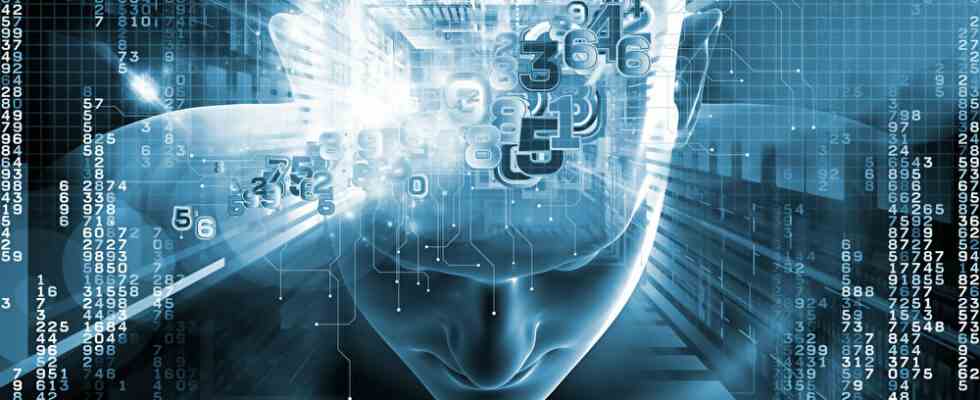US engineers show that a neural network based on breathing patterns can detect the neurological disease Parkinson’s disease before typical symptoms appear.
Artificial intelligence detects Parkinson’s disease based on breathing patterns during sleep.
Photo: Panthermedia.net/agsandrew
In Germany alone, 400,000 patients are affected by Parkinson’s disease, and the trend is rising. The disease causes tremors, slow movements and stiff muscles. In many cases, it is only recognized when people show typical motor symptoms. Parkinson’s disease can only be detected using complex diagnostics. Over the years, researchers have looked for ways to detect the disease using CSF and imaging techniques. However, these methods are painful, invasive, expensive – and can only be carried out in specialized medical centers with a neurological department. They are neither suitable for routine diagnostics nor for close follow-up of patients.
However, early diagnosis could improve the quality of life of those affected. In addition, researchers for clinical studies are looking for patients who are at the beginning of the disease. It is hoped that it would be easier to intervene with medication here than in later stages. Now there is renewed hope for progress. Because researchers at the Massachusetts Institute of Technology (MIT) in Cambridge, Massachusetts, have shown that Parkinson’s disease can be identified simply by reading a person’s breathing patterns: this is possible using an inexpensive, quick and non-invasive method. If the technology proves itself in clinical use, many people could be examined in a short time.
Revolution in medical imaging: Band-aids produce ultrasound images
Parkinson’s diagnostics: working with a neural network
MIT engineers have developed a neural network, a series of interconnected algorithms that mimic how the human brain works. They are able to determine if someone has Parkinson’s disease based on breathing patterns during sleep. It has long been known that the disease also disturbs the night’s sleep. A connection between Parkinson’s disease and breathing was established by Dr. James Parkinson as early as 1817, but without this being used further technically.
The neural network trained by MIT researchers is also able to detect the severity of Parkinson’s disease and track the progression of the disease over time: it allows an assessment of whether therapies are still working or a switch is required.
The MIT researchers have shown that artificial intelligence assessment of Parkinson’s disease can be performed at home every night while the person sleeps and without touching their body. To do this, the team developed a device that looks like a wireless router but works differently: it sends out radio signals, analyzes their reflections in the environment, and extracts the person’s breathing patterns without physical contact. The breathing signal is then fed into the neural network to assess Parkinson’s disease in a passive way, without the patient having to do anything. The algorithm was tested on 7,687 people, including 757 Parkinson’s patients.
3D printing makes it possible: heart valves that grow with the child
New opportunities for clinical research in Parkinson’s disease
Research could also benefit from the neural network. Studies have shown that respiratory symptoms in Parkinson’s disease appear years before motor symptoms. This offers the opportunity to initiate new clinical studies with people who do not yet have any motor symptoms. “We have not made any therapeutic breakthroughs this century, suggesting that our current approaches to evaluating new treatments are suboptimal,” says Ray Dorsey, professor of neurology at the University of Rochester and Parkinson’s disease specialist. He can imagine using the new therapy as a follow-up check.
The MIT research group also sees great opportunities in their tool to detect Parkinson’s disease outside of big cities with good neurology – for example in rural areas. If the neural network sounds the alarm, extended specialist diagnostics are still required.
The project was conducted in collaboration with the University of Rochester, the Mayo Clinic and Massachusetts General Hospital. The researchers received financial support from the National Institutes of Health, the National Science Foundation and the Michael J. Fox Foundation.
More about artificial intelligence

